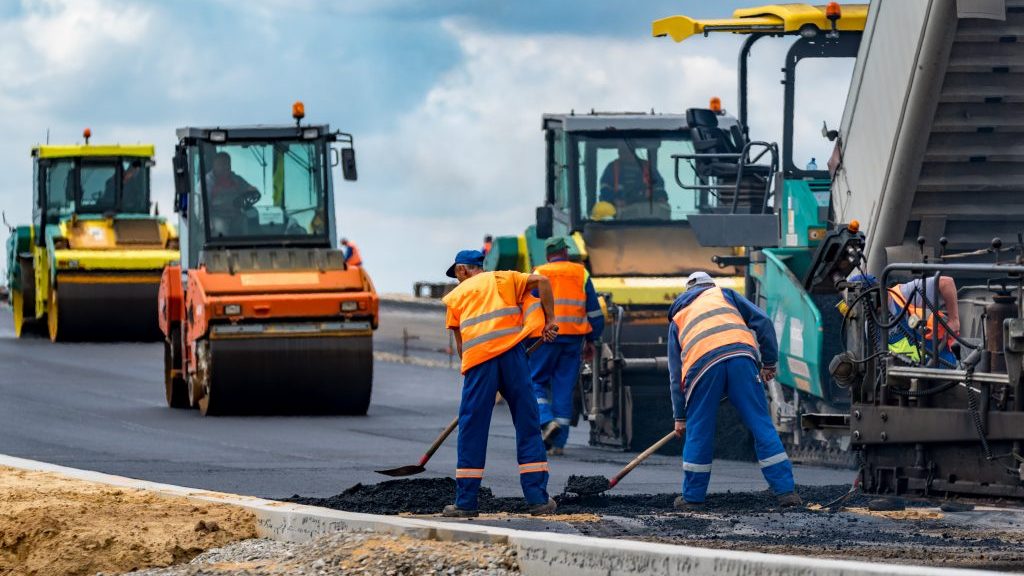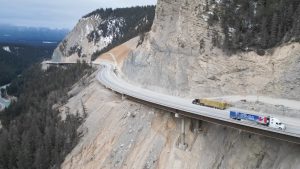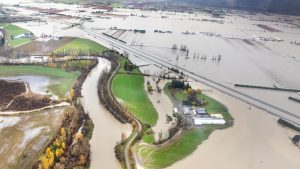Industry stakeholders say a recent study by the Canadian Automobile Association (CAA) that found Canadians are paying $3 billion every year in vehicle maintenance and operating costs due to poor road conditions points to the bigger issue of the need for significant investment in road infrastructure.
“CAA is trying to call attention to the importance that roads and streets provide communities and in this case, automobile owners,” said Scott Butler, executive director of the Ontario Good Roads Association.
“If you step back from it and put this report in the context of a broader conversation taking place around the role of public infrastructure in Ontario, what this report does and what a whole host of other reports have done is demonstrate that we need significant infusion of capital sooner rather than later.”
“Increased investment is vital in order to effectively maintain existing assets and plan for the future,” added Ontario Road Builders’ Association CEO Bryan Hocking in an email to the Daily Commercial News.
Poor road quality costs drivers
Rather than focusing on how much it costs to build or repair roads, the study focuses on the impact of poor roads on the vehicle owners. The analysis revealed the average Canadian vehicle owner or driver incurs an extra $126 in costs on average every year due to poor road quality.
In terms of provincial breakdown, Ontario is in the middle of the pack with $88 on average per driver. New Brunswick, Alberta and B.C. are lower than the national average and Atlantic provinces are higher. Quebec is the highest in Canada with $258 on average.
“In most of the provinces across Canada we run a campaign called Worst Roads where we ask Canadians tell us what the worst road are in your area,” said Kristine D’Arbelles, director of public relations for CAA. “We wanted to take it one step further.
“There are reports out there that talk about how much it would cost to repair a road and the cost to governments…but no one had ever really looked at how much does it cost consumers when they are driving on these bad roads.”
CAA retained a third-party consultant, CPCS, to calculate the additional costs that Canadians pay in maintenance and other operating costs, as well as fuel, tire costs and vehicle depreciation.
“What this report did was quantify that close to half, 43 per cent of Canadian roads, are rated below average which is a pretty staggering number,” D’Arbelles said. “When we were comparing roads we we’re not saying we need all the roads to be perfect, we were just comparing them to average roads.”
Another stat that came out of the report is that drivers can incur an additional $25 in added cost annually from a daily commute on a single one kilometre stretch of road that is in very poor condition.
Investments are needed to support economic recovery
“We all know that roads, highways, bridges, culverts, streets are just one of the many asset classes that have seen under investment over a very long period of time,” Butler pointed out. “If we are going to fully maximize our economic potential, our job creation potential and a whole host of other opportunities in front of us, we need to get on with making some pretty significant investments.”
Hocking said the roadbuilding industry is putting emphasis on the quality of roads going forward. He used the Quality of Asphalt Review as an example.
“From the study results came a list of top 10 recommendations, ranging from providing proper pavement density to including higher asphalt cement content in mixes,” said Hocking. “The study enabled our industry to have a roadmap for the path forward in achieving quality.”
D’Arbelles said overall, the findings reveal there is a cost to Canadians when roads are not maintained.
“We know governments have a lot on their plates right now with COVID. There are a lot of priorities and ones that are more important than fixing a pothole,” she noted. “We just want this to be part of that conversation as we’re thinking about what are we going to do over the next year to kickstart the economy, maybe there is some investment in infrastructure.”
Going beyond road repair
Investments don’t just pertain to repaving roads. It’s also about looking at “smart infrastructure,” D’Arbelles said.
“That’s quick responses to making sure potholes get fixed as quickly as possible, prioritizing roads that are heavily used.”
It also means investing in 21st century transportation infrastructure.
“It’s not just concrete and asphalt,” D’Arbelles explained. “What about complete street designs so that pedestrians and cyclists and motorists can all travel safely and efficiently and planning for electrical and autonomous vehicles? How can we move the needle a little bit and keep infrastructure in mind so we save Canadians and governments money in the long-term?”
Follow the author on Twitter @DCN_Angela.











Recent Comments
comments for this post are closed